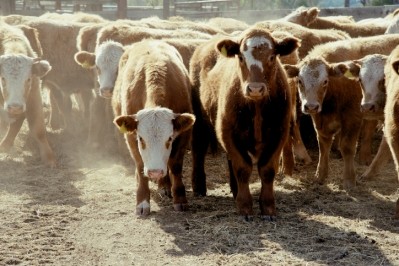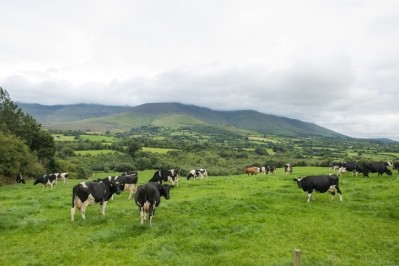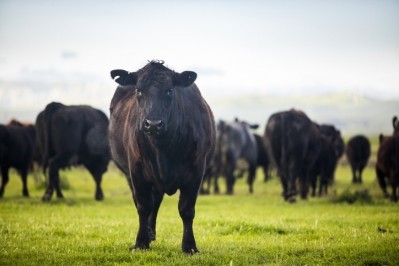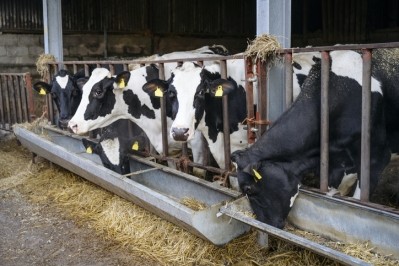Land O’Lakes Truterra: ‘We focus on helping farmers make agronomic, economic, and environmentally sound practice changes’
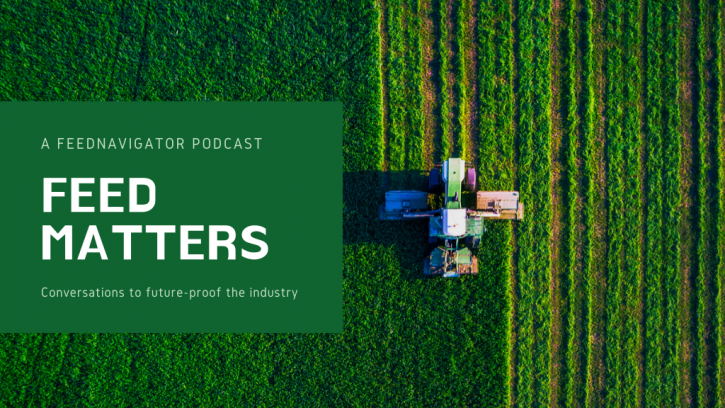
Moreover, the average payment to farmers participating in its carbon program during 2022 was $18,000.
Tom Ryan, president of Truterra, spoke to us about the success to date of that initiative:
“In the last two years, we have seen a tremendous upswell of success with our [carbon] program. We have paid over $9m to farmers, sequestered just shy of half a million tons of carbon, which is the equivalent of taking about 1.2 to 1.5 million cars off the road annually. On average, we have seen payments of around $18,000 per farmer and we continue to see an upswell of interest and engagement from all parties.”
The Truterra program is one of many such initiatives in the US, aiming to build on the growing demand for environmental credits while ensuring a better sustainability profile for farms.
Farmer-centric solutions
Ryan said the Truterra program has managed to outperform others because it is farmer-focused and because it ensures that any changes recommended are economically viable, taking account of where the farmer is in terms of their transition to more environmentally friendly production.
“We pride ourselves on being the leading farmer-centric sustainability program in the country and what that really means is we come at it from the lens of the farmer; we focus on helping farmers make agronomic, economic, and environmentally sound practice changes that benefit their field, their farm, the environment, and the local communities they live in.
“The first thing that we recognize is no two farms are alike. There are farmers that I would call ‘conservation curious,’ who are just getting started on their sustainability journey, and then there are [farmers] at the other end of the spectrum, those that have [already] adopted or are engaging in multiple practices on the farm and are looking to expand on that. What we have really tried to do through Truterra’s [carbon program] is to recognize that, and to build a suite of solutions.
“Whether they are dairy farmers or livestock farmers, or whether they are row crop farmers, we provide multiple avenues for them to begin their journey.”
In terms of dairy farms, the program looks to provide solutions that can help reduce a farmer’s feed footprint along with innovative technologies that can help lower enteric methane emissions; novel approaches to manure management are being explored as well.
The data challenge
Data is the one of the biggest burdens or challenges in the sustainability space, he said
“We leverage technology to try to automate as much of the data collection process as possible. We made big strides in 2022 and in 2023. And, as we move into 2024, we are looking at partnering with industry... to continue to build that out. Farmers are generating data every single day, and we want to harness the power of that data on their behalf and activate it in a way that benefits their farm and their operation.”
